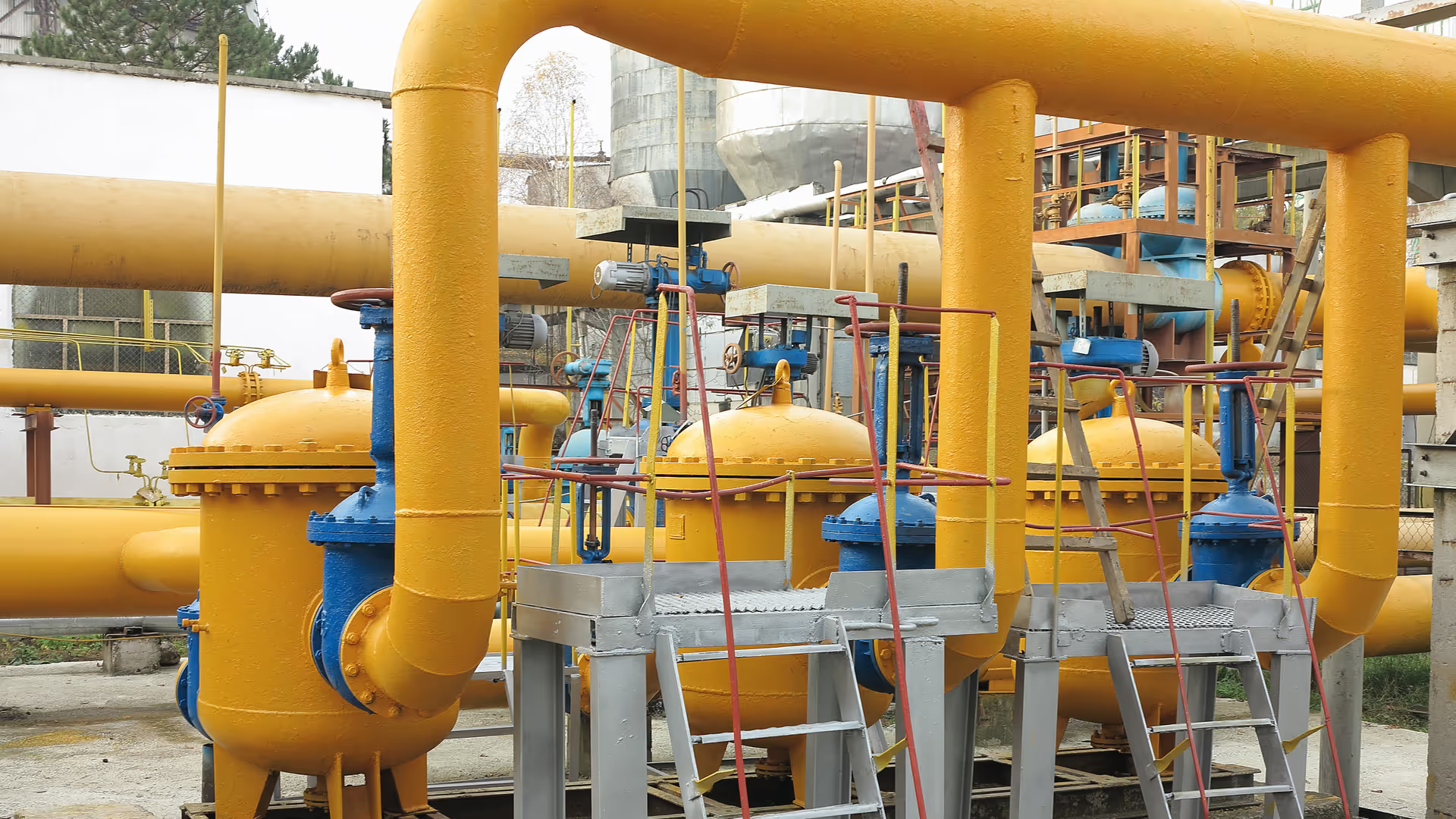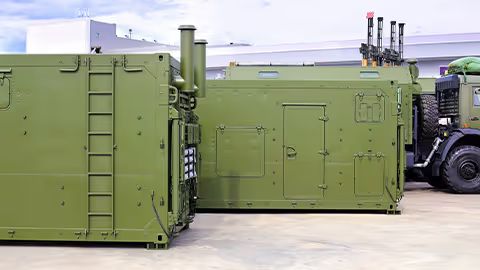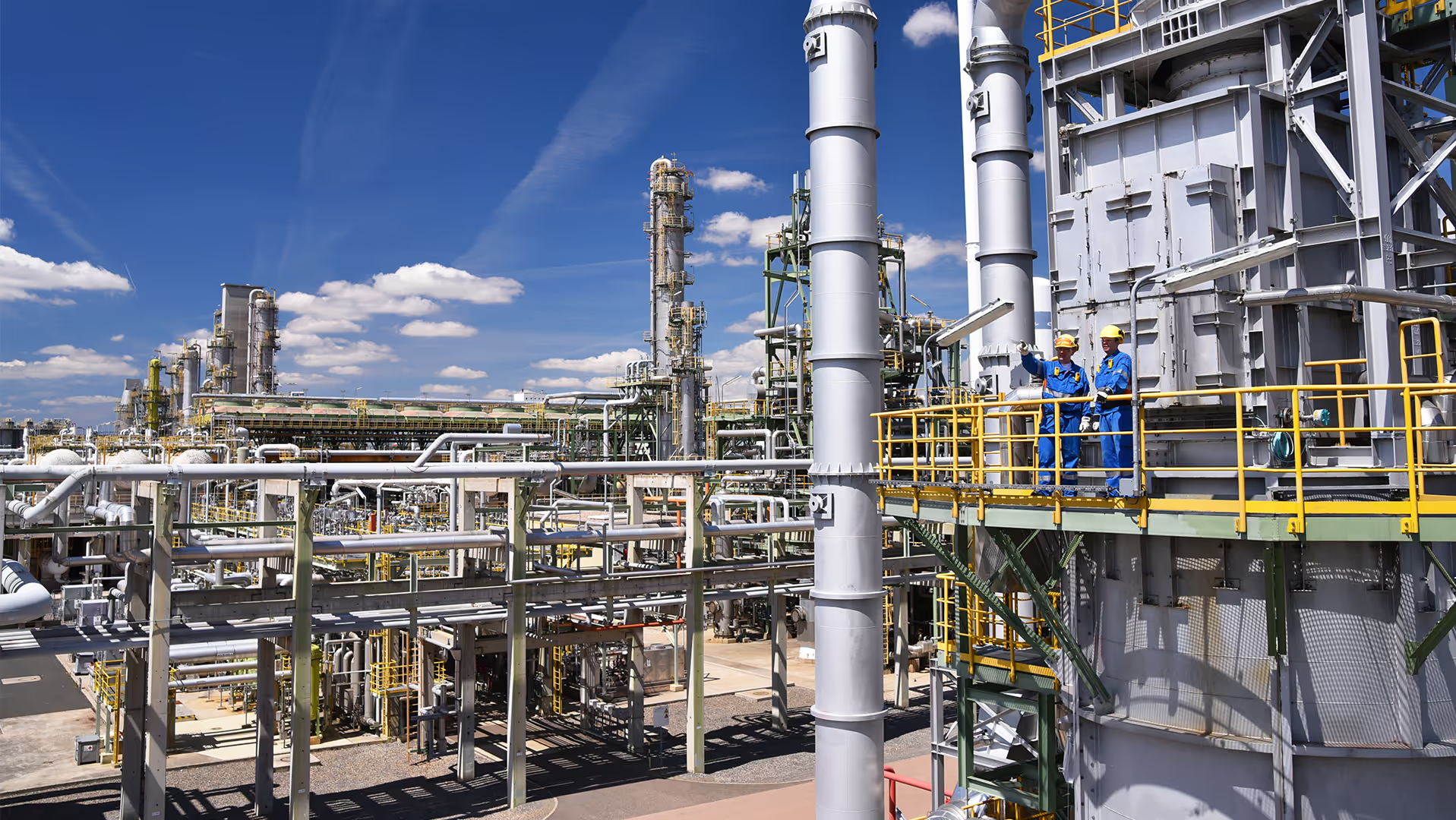Persistent volatility in fossil fuel prices, steady improvements in renewable power generation, and a growing demand for sovereign capability are pushing industry towards electrochemical routes for making and storing critical molecules. Reducing reliance on precarious global supply chains matters as much as efficiency: organisations want processes they can build, operate, and maintain locally, powered by ever-cheaper and more readily available electricity.
None of that changes the hard constraint. If the levelised cost of production is too high, an electrochemical process will never compete with established thermochemical routes. Design has to begin with a clear target cost of production, and every technical decision, from catalyst loading to stack configuration, must be traceable back to its impact on that figure.
Electrochemical systems offer qualities that make them worth the effort. They can operate with exceptional reaction specificity, producing precisely the chemistry desired and avoiding unwanted by-products. They can couple directly to renewable power, turning intermittent electrons into valuable materials. And they open new pathways for decarbonisation where thermal processes are fundamentally limited.
Yet anyone who has tried to industrialise an electrochemical idea knows how quickly complexity accumulates. The physics is tightly coupled; the hardware is delicate and precise; and the economics are unforgiving. What follows is a practical view, based on recent programmes at TTP, of why these systems are challenging and how to approach building them with confidence.
Why are electrochemical systems hard to get right?
At the cell level, performance is governed by several interacting phenomena: charge-transfer kinetics at the electrode–electrolyte interface; ionic and electronic conduction through porous media and thin membranes; species transport within tortuous structures; and, frequently, two-phase flow where evolving gas competes with liquid for access to reaction sites. A single polarisation curve collapses all of this into a voltage–current relationship, which makes diagnosis non-trivial. A disappointing cell voltage might reflect catalyst activity, mass-transport limitations, bubble coverage, membrane dehydration, or simply contact resistances that were not in the spreadsheet.
The hardware exacerbates matters. Components are thin and highly toleranced: membranes measured in tens of microns, flow fields with narrow channels, gaskets that must seal reliably under compression and thermal cycling. Small deviations in flatness, roughness or compression translate into meaningful performance drift. Seemingly minor details - a manifold radius, a surface finish, a bolt torque - can set the limit for current density or lifetime.
Material choices carry cost and supply implications. Precious-metal catalysts, particularly for oxygen evolution, can dominate the stack bill of materials, and availability constraints introduce strategic risk. Contact materials and coatings that survive the chemistry often bring trade-offs in conductivity or manufacturability. Meanwhile, scaling laws are less forgiving than in thermochemical plants: reaction rate scales with area, not volume, so “bigger” does not automatically mean “cheaper per unit output”. High part counts and precision assembly further erode economies of scale.
Finally, electrochemical products often compete in commodity markets. Whether the target molecule is hydrogen, ammonia precursor, or another bulk chemical, margins are thin and customers buy on cost and reliability. That reality forces a direct line of sight from laboratory data to levelised cost of production. Without it, development risks becoming a sequence of elegant experiments that never converge on a viable product.

How to build them anyway
The starting point is to connect science to economics early. A lean techno-economic model provides the necessary bridge between what you measure at the bench and what matters commercially. Begin with the product, market and duty cycle you intend to serve. Work back through the system architecture; balance-of-plant, stack replacement intervals, electrical and thermal integration - to derive the performance envelope required at electrode level.
Translate those requirements into the quantities you can measure now: current density at a defined voltage, Faradaic efficiency at throughput, pressure drop across flow fields. Range the uncertain inputs rather than burying them; sensitivity analysis will reveal which numbers move £/kg and which do not. This discipline prevents premature scale-up and makes choices quantitative. A new membrane or coating earns its place if, and only if, it improves the cost model at your operating point.
With the destination defined, development is fastest when modelling and experiment run as a closed loop. A minimal physics-based model, capturing ohmic contributions, kinetics and dominant transport effects, forces clarity about assumptions and exposes the largest uncertainties. Design experiments to probe those uncertainties directly, using fixtures that isolate variables rather than changing several things at once. Compare data with model predictions, update parameters and structure, and let the revised model propose the next most informative test.
The aim is not to reproduce reality in silico, but to ensure each experiment delivers maximum learning per pound and per week. Experience matters here. Knowing which phenomena are genuinely model-able at your fidelity, and which require empirical characterisation, avoids months of effort for little insight. Equally, investing early in the right tools and people pays back across programmes; multiphysics solvers and custom code deliver value in the hands of engineers who also know when not to trust them.
As evidence accumulates, lock decisions deliberately. Define the repeat unit (i.e. the electrochemical cell and stack) with an interface specification that downstream teams can design against. Separate stack physics from “system artefacts” by maintaining good metrology around compression, contact resistance and flow distribution. When the repeat unit meets its modelled targets, integrate into larger assemblies soon enough to surface real-world behaviours (e.g. electrical cabinets, thermal transients, manifold maldistribution) but without leaping straight to container scale. Large prototypes lengthen iteration times and convert uncertainties into sunk cost; use them when they answer questions that smaller rigs cannot. For larger or more hazardous systems, bring in specialist fabricators and EPC partners; for anything smaller, a tight in-house loop is usually faster.
Treat risk as a deliverable alongside current density and efficiency. The most consequential risks typically span physics (for example, catalyst stability under realistic contaminants), manufacturability (such as tolerance stack-ups that degrade compression over life), and economics (stack replacement frequency driving OPEX). Make each risk explicit, attach a retirement plan that combines model and discriminating test, and track decisions that follow from outcomes. Borrowing the structure of Front-End Loading from the process industries can help, provided it is adapted to the higher technical uncertainty of electrochemistry: a feasibility gate that tests commercial plausibility; a definition gate that narrows performance error bars with targeted modelling and fixtures; and a design gate that fixes the repeat unit and system architecture before pilot.
All of this is straightforward to state and demanding to execute, which is why the organisational details matter. Keep artefacts lightweight but unambiguous: a costed bill of materials for the stack, a design basis that a fabricator can quote, and test plans that map directly to lines in the cost model. Maintain a culture where disappointing data is valued if it decisively retires a risk. And resist the understandable urge to “learn at scale” until the model says scale will teach you something you cannot learn sooner.
Electrochemical systems are hard because they sit at the intersection of several imperfectly understood domains, and because the markets they serve leave little room for inefficiency. They are buildable when teams connect laboratory measurements to commercial metrics, let models and experiments steer each other, and manage risk with the same discipline they apply to the cell. Do that well, and you gain something that matters more than any individual breakthrough in materials or geometry: the ability to make timely, confident decisions on the path from bench to plant.





.avif)





